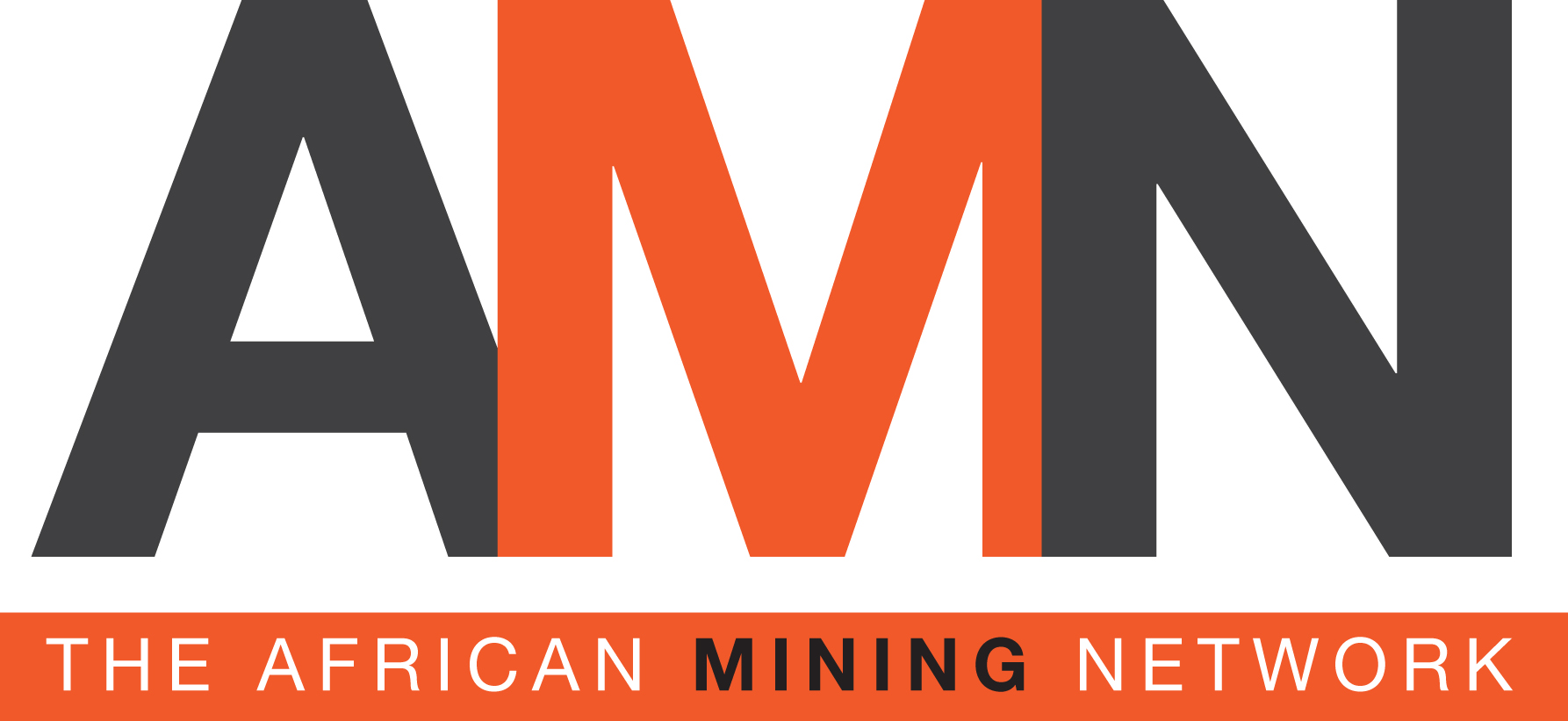- Yolanda Torrisi
- +61 412 261 870
- yolanda@yolandatorrisi.com
- Nina van Wyk
- +27 82 926 3882
- nina@africanminingnetwork.com

With commodity prices stringer, profitability being restored, balance sheets bolstered and market capitalisation increasing it appears the mining industry is continuing the steady recovery started in 2016. These thoughts are mirrored by PwC’s ‘Mine 2017’ report which states that the world’s top 40 miners recovered from a race to the bottom in 2016, giving them much-needed space to pause and draw breath.
The report, which analyses financial performance and global trends of 40 of the largest mining companies by market capitalisation, also outlines the new opportunities and hazards on the horizon. It was released by PwC Africa during the Junior Indaba conference in Johannesburg.
It states that the number of emerging companies in the Top 40 decreased by two and now totals 17. There were seven new entrants from the previous year, five of which had made appearances on previous rankings in 2014 or 2015. First Quantum and Teck Resources re-emerged on the list after strengthening their financial positions.
Mine 2017 recognises a return to profitability, with an aggregate Top 40 net profit of $20 billion in 2016 after an aggregate loss of $28 billion in 2015. Overall the market capitalisation of the Top 40 increased by 45% to $714 billion, approaching the 2014 level, and this was mainly due to rising commodity prices.
Revenue was up just 1% from the previous year’s $491 billion despite a rebound in commodity prices, particularly coal and iron ore in the second half of the year.
Capex fell dramatically again, by a further 41%, to a new record low of just $50 billion. After hitting a near-record in 2015, impairment charges tumbled to a less-alarming $19 billion. Debt repayments totaled $93 billion, up from $73 billion a year earlier, with most of the debt issued to refinance, rather than fund acquisitions or mine development.
Rapidly rising commodity prices sparked renewed market optimism and improved credit ratings across the Top 40 firms. Valuations also climbed, especially for the traditional miners, with the trend continuing through the first quarter of 2017 even as commodity prices remained flat.
For the fourth consecutive year, the industry reduced spending on exploration. $7.2 billion was invested in 2016, barely one-third of the record $21.5 billion allocated in 2012, with the funds cautiously targeted at less risky, later stage assets, typically located in politically stable countries.
The report states the China dominates investment behavior within the Top 40. “During the downturn, Chinese companies demonstrated one enormous advantage over other miners from both traditional and emerging countries: access to capital.
“With deeper pockets, Chinese players were able to fund more acquisitions than their counterparts, either confidently buying assets at bullish prices or moving quickly on assets made available at the bottom of the price cycle. We also saw an increase in acquisitions by Chinese private equity firms, and we expect China to continue to be active in acquiring global mining assets as a way to reduce its longer term dependency on imports,” the report states.
It also points out the importance of miners adopting digital technology. “New technologies promising a boost for the sector include software to optimise asset utilisation, devices to remotely monitor and control activities, and robotics to automate repetitive task. The benefits of asset optimisation tools are significant.”
PwC says digital innovations can reduce maintenance costs by 20% to 40%, increase asset utilization by up to 20%, reduce capital expenses by 5% to 10% and also deliver improved environmental, health and safety outcomes.
PwC Assurance Partner Andries Rossouw said: “Mining companies need to combine engineering excellence and know-how with a new open-mindedness to learn from advanced analytics and a need to embrace robotics and platforms that fundamentally challenge decades of doing things the same way…it is as much about behaviour as technology.
“The key question is, who will act rather than simply react? There will be more advances this year but how impactful they will be, remains to be seen.”
Yolanda Torrisi is Chairperson of The African Mining Network and comments on African mining issues and the growing global interest in the African continent. Contact:yolanda@yolandatorrisi.com

